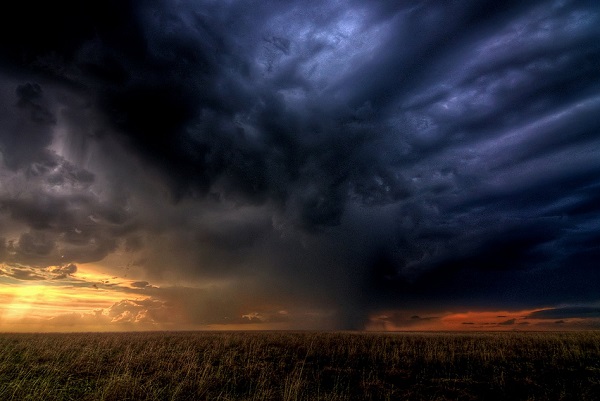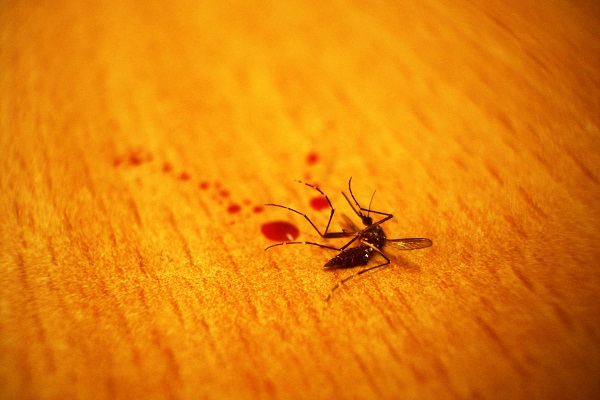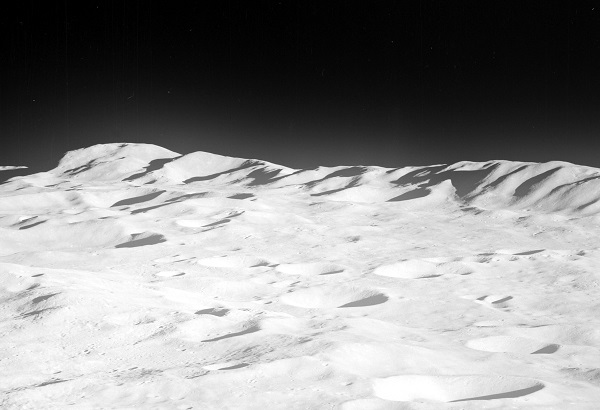
Tiny particles produced by air pollution may be responsible for powerful storms.
Researchers have discovered a possible link between microscopic airborne particles from industrial air pollution and powerful storms.
The study, published in the journal, Science, explains the effects of aerosols, which are commonly produced by urban and industrial pollution, wildfires and other sources.
Previous studies have shown the impact of aerosols on weather and climate, however, the latest findings suggest that even the smallest particles can have disastrous effects on the environment.
According to the study, particles smaller than one-thousandth the width of a human hair can increase the size of clouds, cause them to produce more rain and intensify storms in the process.
“In areas where aerosols are otherwise limited, such as remote regions of the Amazon rainforest, ultrafine aerosol particles can have a surprisingly strong effect,” said Zhanqing Li, from the University of Maryland in the US.
To arrive at this conclusion, scientists studied the storm-creating capacity of ultra-fine particles that measure less than 50 nanometers across. In contrast, a human red blood cell is approximately 8 thousand nano-meters wide. The study showed how the smallest of particles can stimulate clouds more effectively than their larger counterparts.
According to the researchers, water vapor can build up to extreme levels in a warm and humid environment with no large particles to attract airborne moisture. This causes humidity levels to spike beyond 100 percent, they added.
Ultrafine particles are small in size, yet once they reach large numbers, they can form droplets to draw excess water vapor from the atmosphere. The study claims that this enhanced condensation allows for more powerful updrafts.
As more warm air is pulled into the clouds, more droplets are launched overhead, producing a runaway effect which makes way to stronger storms.
Li claims that this finding will help scientists better understand the physical mechanisms of cloud development when influenced by air pollution. This, in turn, will allow them to develop better ways of predicting storms.
Image Source: Flickr









